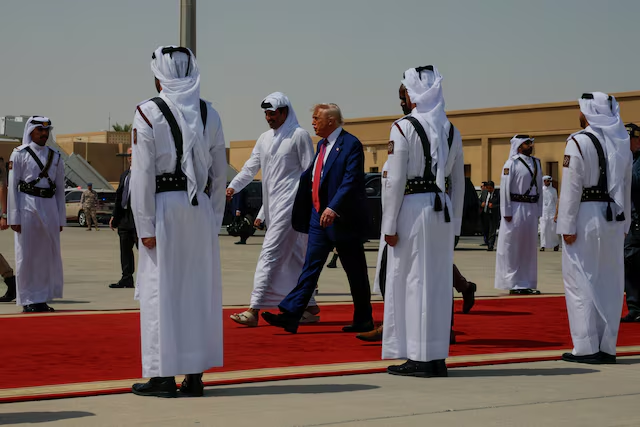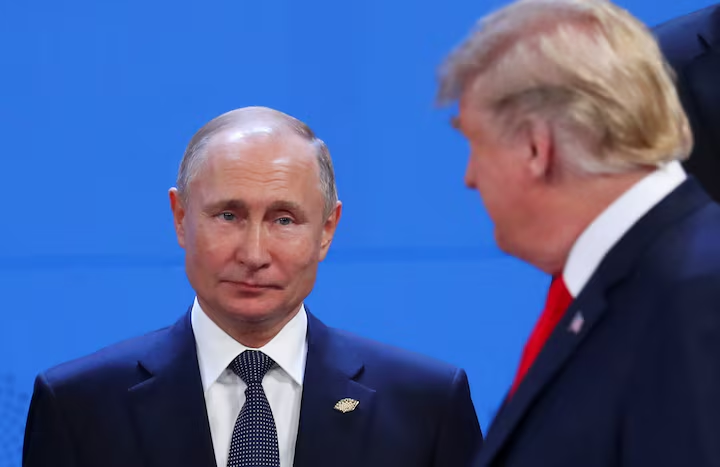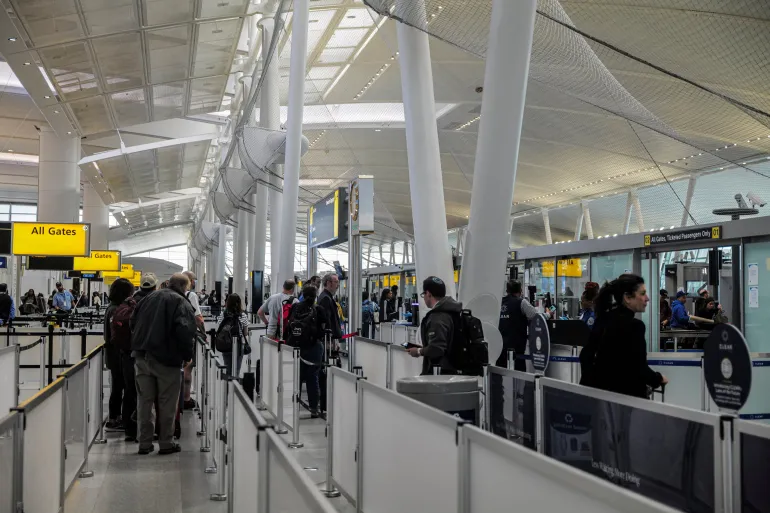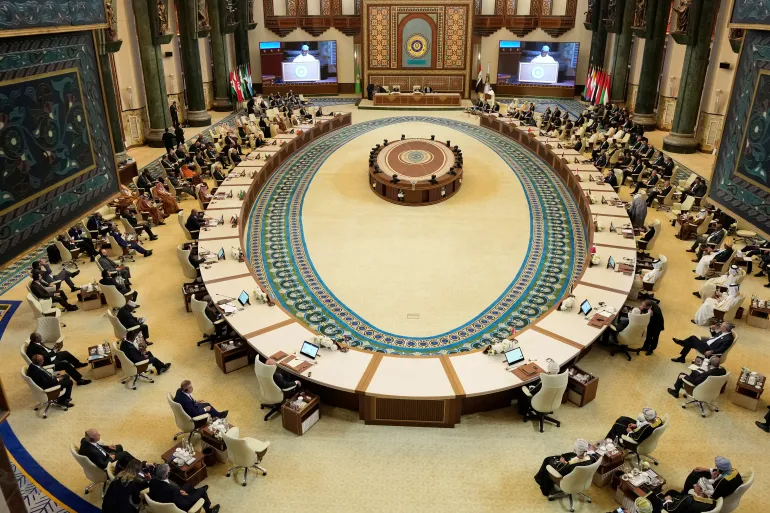During a business roundtable in Doha, Qatar, on May 15, 2025, U.S. President Donald Trump reiterated his controversial plan to transform the Gaza Strip into a U.S.-controlled “freedom zone.” Trump described the region as “practically uninhabitable,” highlighting the extensive destruction caused by ongoing Israeli military operations. He emphasized the need for U.S. involvement to redevelop Gaza, suggesting that the United States “take it” and “make it a freedom zone” if necessary .
This proposal, first introduced in February 2025, has faced widespread condemnation from Palestinians, Arab nations, and international organizations, who equate it with ethnic cleansing. Palestinian officials have rejected any plan that involves their displacement, likening it to the 1948 Nakba, during which hundreds of thousands of Palestinians were displaced during the creation of Israel. Hamas official Basem Naim responded to Trump’s remarks by stating that the president “possesses no right to treat Gaza as marketable real estate”.
Israeli Prime Minister Benjamin Netanyahu has endorsed Trump’s vision, describing it as a “bold” approach to the Gaza crisis. Netanyahu has discussed potential resettlement options with Trump, including relocating Palestinians to neighboring countries. However, such proposals have been met with resistance from Arab states and humanitarian organizations, raising concerns about the legality and ethics of forcibly displacing populations
The Gaza Strip has been heavily impacted by the conflict that began in October 2023, following a Hamas-led attack that resulted in the deaths of approximately 1,200 Israelis and the capture of 251 hostages. In response, Israel launched a military operation in Gaza, leading to significant casualties and widespread destruction. As of May 2025, over 53,000 Palestinians have been killed, and the majority of Gaza’s 2.3 million residents are internally displaced .
The United Nations and various human rights organizations have expressed grave concerns over the humanitarian situation in Gaza. Reports indicate that the region is facing famine conditions, with limited access to food, clean water, and medical supplies. The destruction of infrastructure and the presence of unexploded ordnance further complicate efforts to provide aid and support to the affected population .
Despite international criticism, Trump has remained steadfast in his proposal, framing it as a necessary step to address the dire situation in Gaza. He envisions transforming the area into a prosperous region, likening it to the “Riviera of the Middle East.” However, such plans have been met with skepticism and opposition from various quarters, questioning the feasibility and morality of such an approach .
As the situation in Gaza continues to evolve, the international community remains divided over the best course of action. While some support Trump’s initiative, viewing it as a potential solution to a longstanding conflict, others warn that it could exacerbate tensions and further entrench divisions in the region. The coming months will likely determine the trajectory of Gaza’s future and the broader implications for Middle Eastern geopolitics.
Source; Reuters



